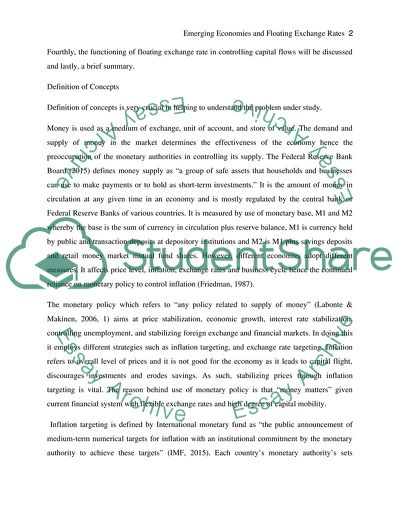Cite this document
(Monetory Essay Example | Topics and Well Written Essays - 2250 words, n.d.)
Monetory Essay Example | Topics and Well Written Essays - 2250 words. https://studentshare.org/macro-microeconomics/1858878-monetory
Monetory Essay Example | Topics and Well Written Essays - 2250 words. https://studentshare.org/macro-microeconomics/1858878-monetory
(Monetory Essay Example | Topics and Well Written Essays - 2250 Words)
Monetory Essay Example | Topics and Well Written Essays - 2250 Words. https://studentshare.org/macro-microeconomics/1858878-monetory.
Monetory Essay Example | Topics and Well Written Essays - 2250 Words. https://studentshare.org/macro-microeconomics/1858878-monetory.
“Monetory Essay Example | Topics and Well Written Essays - 2250 Words”. https://studentshare.org/macro-microeconomics/1858878-monetory.


